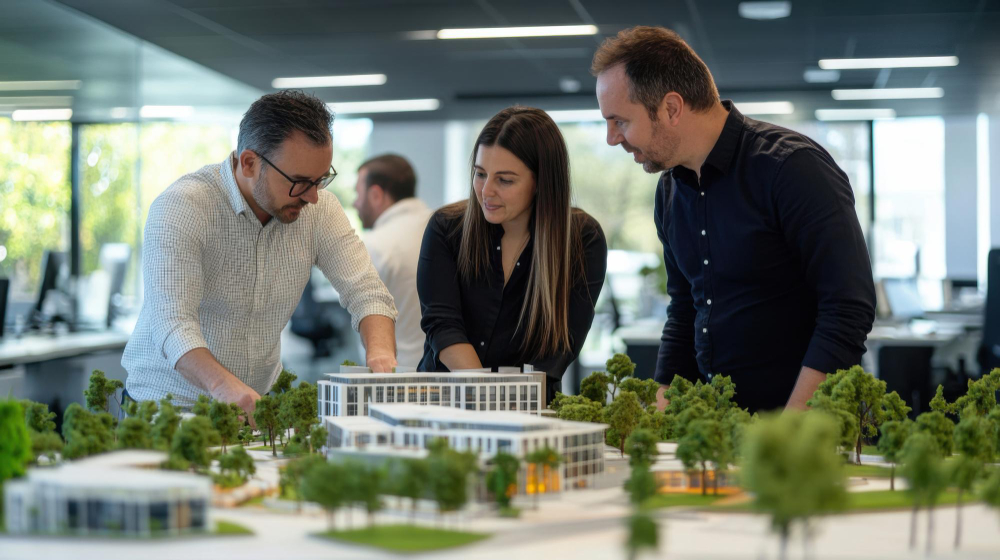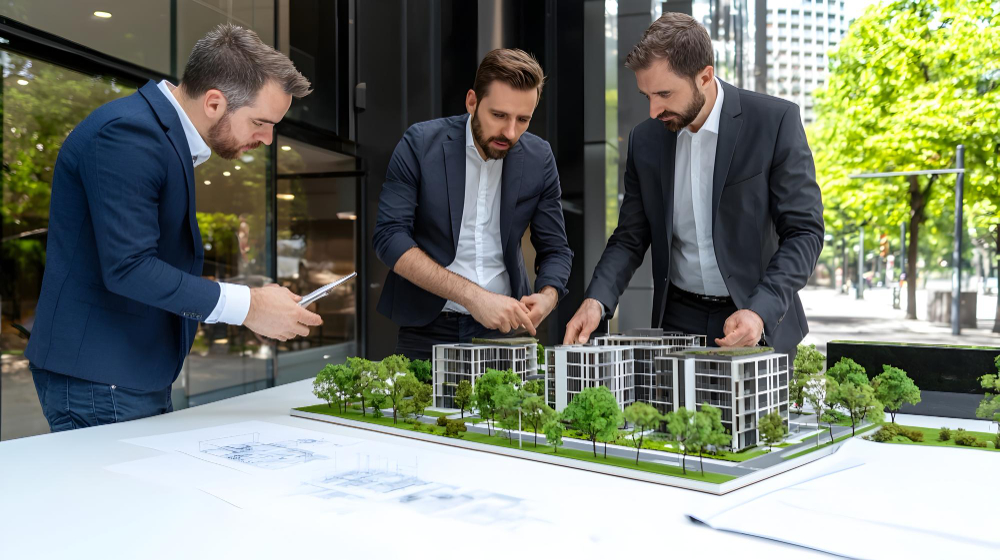The construction industry is evolving, and as we look to the future, sustainability has become a critical part of this transformation. Green building standards like LEED (Leadership in Energy and Environmental Design) and WELL are no longer optional—they are becoming the foundation of how we build for tomorrow. Contractors who embrace these standards not only meet industry regulations but also gain a competitive edge, build a strong reputation, and create long-term value for their business and the environment.
In this blog, we’ll explore how contractors can adopt green building standards, the benefits of doing so, and how they can position themselves as leaders in sustainable construction.
What Are Green Building Standards and Why Do They Matter?
The Importance of Green Building Standards
Green building standards, such as LEED, WELL, and BREEAM, are frameworks designed to ensure that buildings are environmentally responsible and resource-efficient throughout their life cycle. From energy use to water conservation to indoor air quality, these standards guide contractors to create buildings that minimize environmental impact while improving the quality of life for occupants.
The rise of these standards is driven by the need to combat climate change, reduce resource consumption, and create healthier living and working environments. As environmental concerns continue to grow, green buildings have become a necessity, not just a trend.
Why Green Building Standards Matter Now
With increased awareness of climate change, resource depletion, and environmental degradation, there is a global shift towards sustainable practices. Green building standards help address these issues by promoting efficient use of resources, reducing waste, and ensuring that buildings contribute positively to the environment.
Moreover, clients—whether residential, commercial, or institutional—are demanding green buildings. Eco-conscious clients are willing to pay more for a building that is energy-efficient, uses sustainable materials, and supports their sustainability goals.
How Contractors Can Adopt Green Building Standards
Steps to Get Started with Green Building Standards
Adopting green building standards may seem daunting, but it doesn’t have to be. Here are the steps contractors can take to begin incorporating these standards into their projects:
- Get Educated on Certifications: The first step is to familiarize yourself and your team with the most common green building certifications like LEED, WELL, and BREEAM. Each certification has its own set of guidelines and requirements, so understanding them is key to meeting those standards.
- Invest in Sustainable Materials: Choosing eco-friendly materials is essential in green building. From recycled products to energy-efficient insulation, there are a wide variety of sustainable materials that contribute to earning green certifications.
- Energy Efficiency: Implement energy-efficient practices from the design phase to the final construction. Installing energy-saving windows, using LED lighting, and choosing energy-efficient appliances will help meet green building criteria and lower the building’s energy consumption.
- Partner with Experts: Collaborating with architects, engineers, and consultants who specialize in green building can help streamline the process. These experts can guide you in meeting the certification requirements and achieving optimal sustainability results.
- Get Certified: The next step is to apply for certification from the relevant green building authority (e.g., USGBC for LEED). Certification not only helps ensure you meet the required standards but also strengthens your credibility as a green contractor.
The Business Benefits of Green Building Standards
A Competitive Advantage in the Marketplace
Adopting green building standards is an excellent way for contractors to differentiate themselves in a competitive market. With sustainability being a major selling point for many clients, being able to offer green certifications gives you a distinct advantage.
Contractors who adopt these standards early will find themselves ahead of the curve. Green buildings are in demand across residential, commercial, and institutional markets, with more clients actively seeking out contractors who can deliver energy-efficient, sustainable spaces.
Financial Benefits and Long-Term Value
Green building standards also provide financial advantages. By incorporating energy-efficient designs and sustainable materials, contractors can help clients reduce their long-term operating costs. For instance, energy-efficient buildings reduce utility bills and often require less maintenance, leading to significant savings over time.
In addition to direct savings, many governments offer tax incentives, grants, and rebates for sustainable building projects, which can help offset some of the upfront costs. Green buildings also tend to have higher resale values, making them a valuable investment for clients and contractors alike.
How to Position Yourself as a Green Building Leader
Building a Reputation for Sustainability
By adopting green building standards, contractors not only meet client expectations but also build a strong reputation for sustainability. Marketing your commitment to sustainability can attract a wider range of clients who prioritize eco-friendly practices.
Here are some ways to position yourself as a green building leader:
- Get Certified: Earning certifications like LEED or WELL shows clients that you are committed to the highest standards of sustainability. Display these credentials prominently on your website, in marketing materials, and in client communications.
- Highlight Green Practices in Marketing: Include your sustainability efforts in your business’s branding. Share success stories of green buildings you’ve constructed and the benefits they offer. This will help attract environmentally-conscious clients and set you apart from competitors.
- Offer Green Solutions: Educate your clients about the long-term benefits of sustainable construction and offer them green solutions. Help them understand how energy-efficient materials and renewable energy sources will save them money in the long run.

Real-World Examples of Contractors Leading the Way
Setting the Standard for Sustainability
Several contractors have already embraced green building standards and are setting an example for others in the industry. For instance, some contractors have taken the initiative to work on LEED-certified projects, from residential homes to large commercial buildings, making sustainability a central part of their business model.
These contractors are not only helping to build greener communities but are also positioning themselves as leaders in the sustainable construction space, gaining a competitive edge and attracting more high-profile projects.
Conclusion
As we look toward the future of construction, sustainability is no longer a luxury—it’s a necessity. Green building standards like LEED and WELL provide a framework for contractors to create energy-efficient, environmentally responsible buildings that benefit both clients and the planet. By adopting these standards, contractors can not only meet industry regulations but also build a reputation for leadership in sustainable construction.
The future of construction is green, and those who lead the way will not only make a positive impact on the environment but also position themselves as forward-thinking leaders in the marketplace. The time to adopt green building standards is now—start building for the future today.



